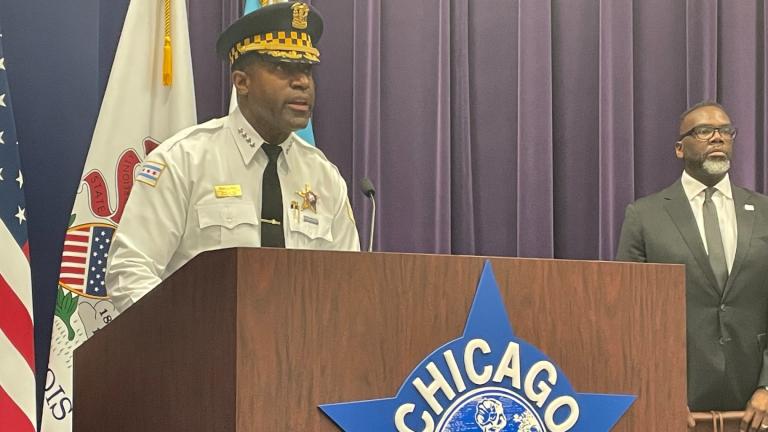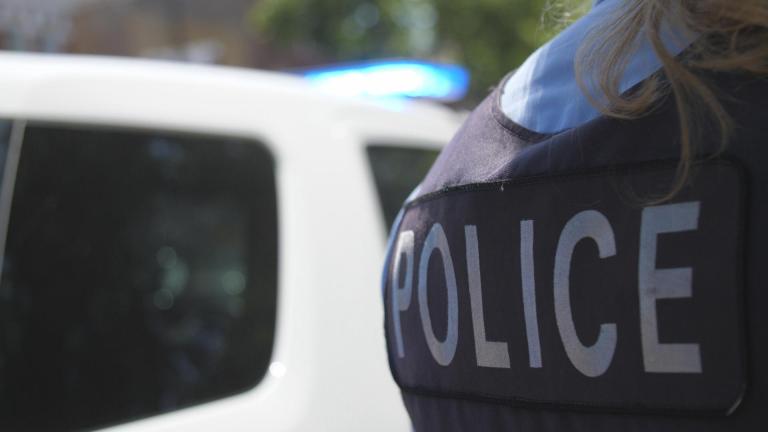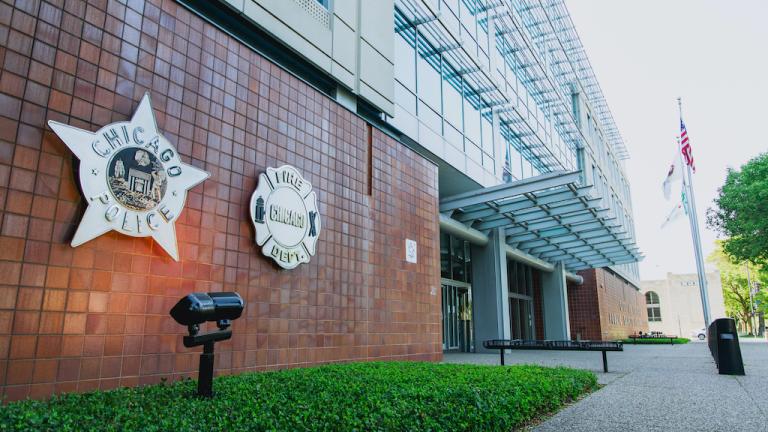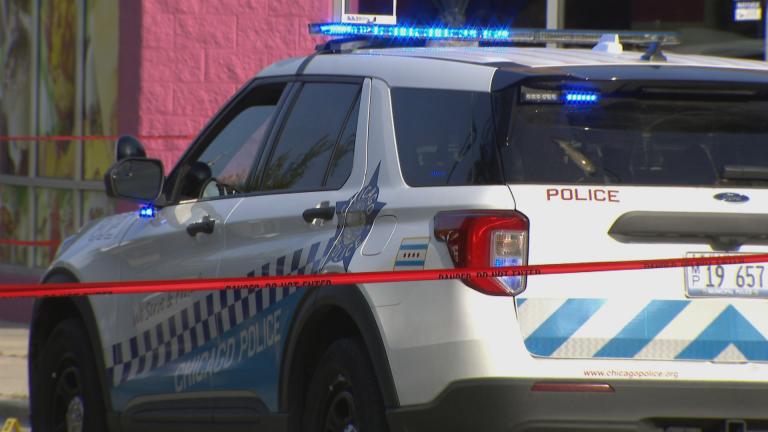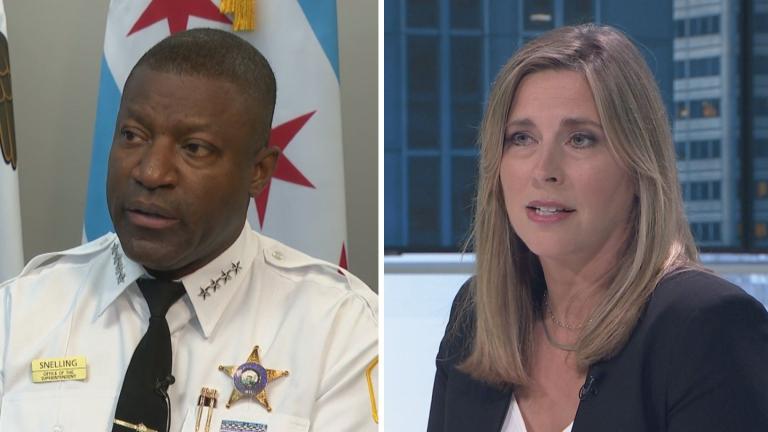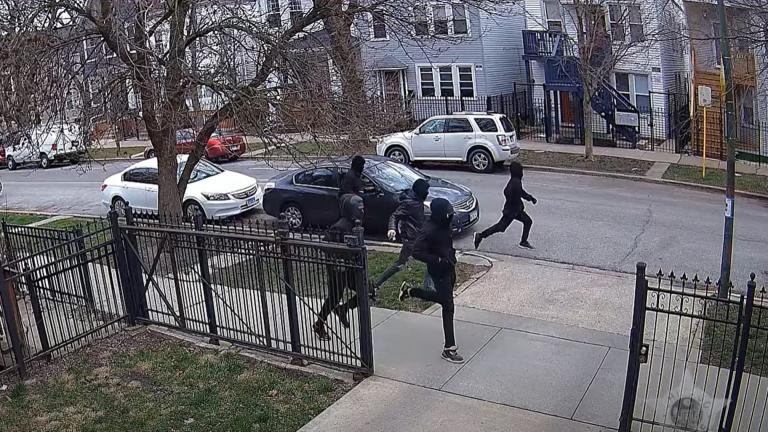The Chicago Police Department says it’s answering the calls for reform that have been repeated over the last year and a half.
Police Superintendent Eddie Johnson says this new plan for reform isn't supposed to be the detailed, step-by-step plan of action but the framework going forward.
He listed five overarching objectives for the department. They include
- Reinvigorating community policing
- Improving the quality and quantity of training for officers throughout the department.
- Increasing supervision -- as the department hires more officers, it will also need more supervisors.
- Continuing to address use of force policies and providing officers with skills to address those situations
- And working to improve the police accountability system to hold officers accountable fairly and consistently.
Chicago Police Board Chair Lori Lightfoot joined the superintendent as he announced this. Lightfoot also chaired Police Accountability Task Force which released its own scathing report of the police department last year.
“This isn’t everything. It’s not the specifics of the project plan,” Lightfoot said. “But if these specific reforms are implemented in 2017, I feel confident that they will create a foundation on which the department can continue to build.”
One policy the department has been working on for some time is the Use of Force policy, which has already been through some changes. A revised draft of the Use of Force policy is open to public comment through Thursday.
Chief Administrator of the Independent Police Review Authority Sharon Fairley applauds several parts of this draft.
To start, she's thankful that not only has the police department made the draft available to the public, but has also taken feedback from the public.
Some of that feedback has led to the current revision. Now, the policy is much more streamlined, compared to its first iteration, but that means there are some elements that IPRA feels have been left out.
One piece in particular governs the use of deadly force on a fleeing suspect.
“Right now, the way it’s written is the policy says you can only use deadly force if, which is a permissive approach,” Fairley said. “But as you can see also when it comes to deadly force there’s a set of prohibitions which says OK you can use deadly force in these circumstances but if you find yourself in one of these situations, no you cannot. We’d also like that explicit prohibition against the use of deadly force against a fleeing suspect where he presents no imminent threat to the officer or someone else.”
Also, Fairley says she'd like to see officers required to give a warning before using deadly force, only when there's the opportunity. She wants to be clear: her agency isn't suggesting that warning be given if it means putting lives in jeopardy but if there's the opportunity.
The policy also says police officers may provide medical attention if a person is injured, but it is not required. Fairley says IPRA would like to see it required and officers trained accordingly.
Like members of the public, rank-and-file police have had the chance to weigh in during the initial comment period.
Fraternal Order of Police President Dean Angelo says this new draft is much thinner, in a good way, and gives officers more freedom to make quick decisions in the field.
He felt the previous draft was written by more attorneys than members of law enforcement.
“That’s a type of language that people who don’t know what we do think it’s easy to implement and then insert in our daily routines when we’re confronted with an individual that might be intoxicated, angry, not wanting to go back to jail or back to prison,” Angelo said. “So we don’t have the ability to go through a checklist sometimes. We attempt to deescalate because that’s what we do.”
Once the department has had the chance to review this round of public comments, it'll issue a final policy. Note that this is just one policy on deadly force. There are others for the use of Tasers, K-9s and pepper spray.
Johnson says once the entire department of 12,000 officers is trained, that's when the new policies will be implemented.
Related stories:
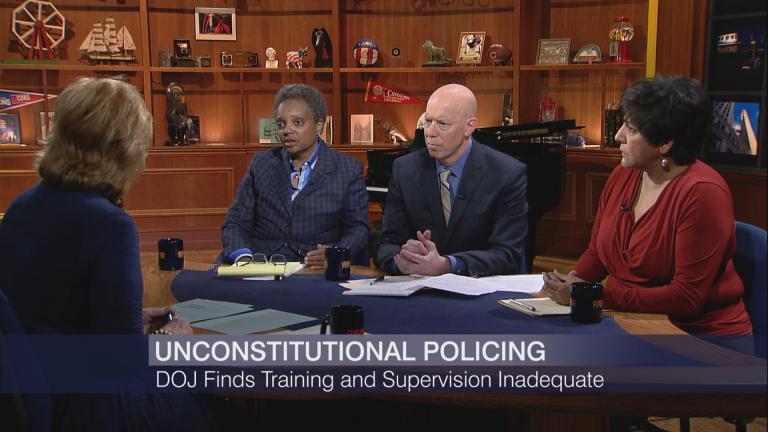 Will DOJ Report Finally Force Reform at the Chicago Police Department?
Will DOJ Report Finally Force Reform at the Chicago Police Department?
Jan. 16: In a damning report, the U.S. Department of Justice confirmed what many in minority communities had been saying for years. We discuss the findings with Lori Lightfoot, Craig Futterman and Shari Runner.
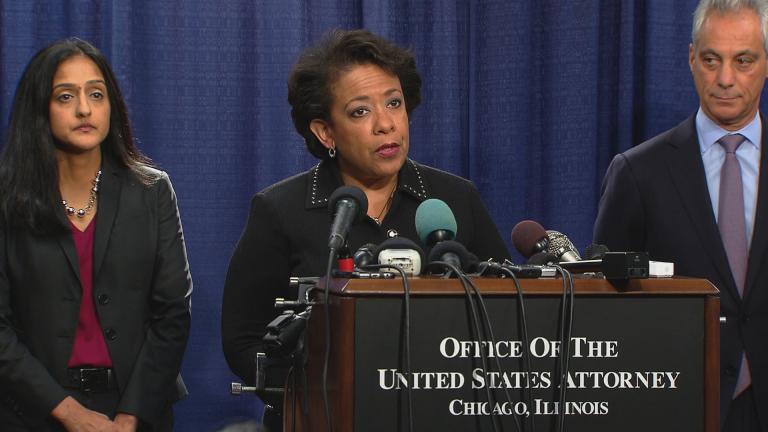 Department of Justice Releases ‘Sobering’ Report on CPD
Department of Justice Releases ‘Sobering’ Report on CPD
Jan. 13: The city of Chicago has signed an “agreement in principle” to negotiate a consent decree with the federal government that would give the embattled Chicago Police Department federal oversight to enact sweeping reforms.
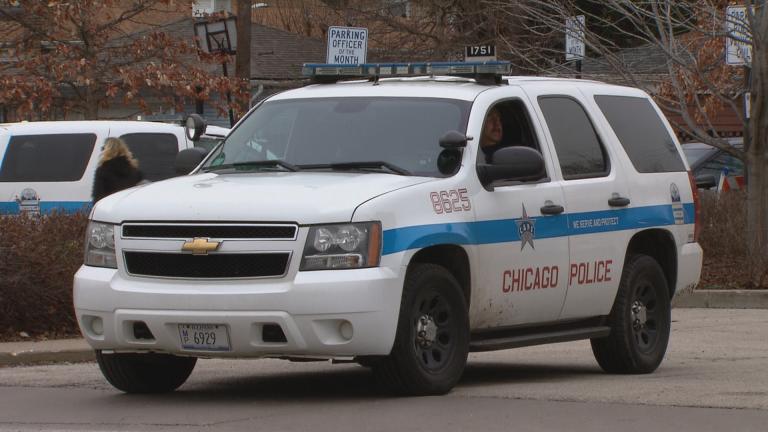 New Report Reveals Low Morale Among Police Officers Nationwide
New Report Reveals Low Morale Among Police Officers Nationwide
Jan. 13: A majority of police officers say their jobs have become more difficult and dangerous in the wake of high-profile deaths of black citizens during police encounters, a new survey by the Pew Research Center reveals.

